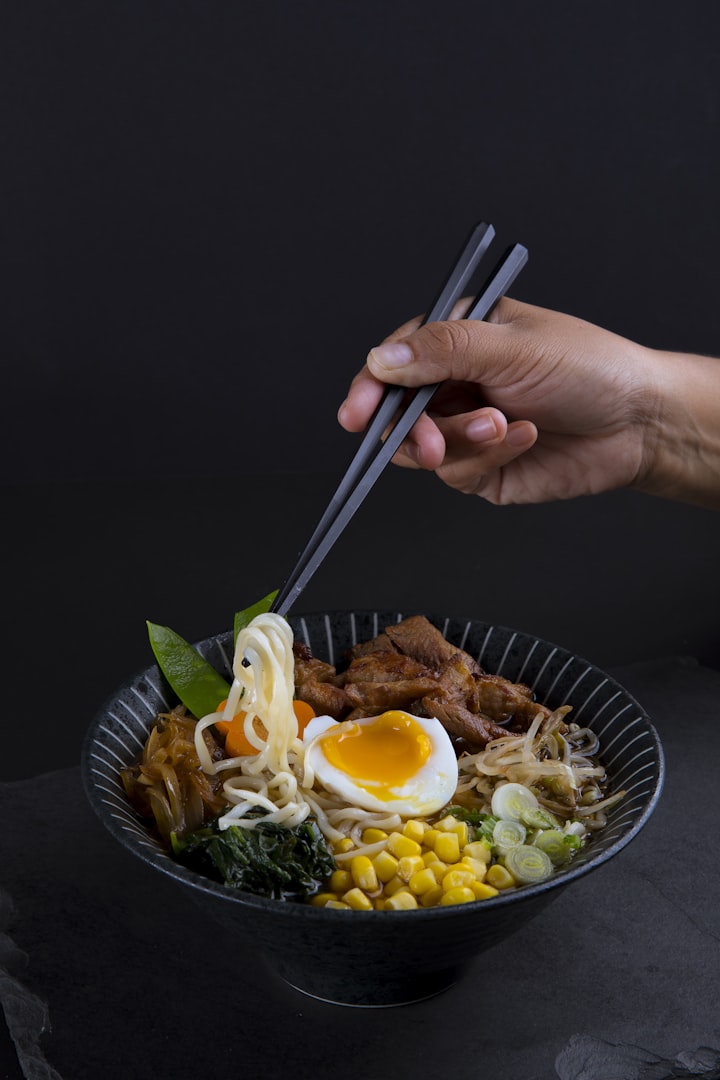
Learn to be healthier by drawing inspiration from Japanese culture.The Main Factor Behind the Okinawan Diet's Success:
The island prefecture of Okinawa in southern Japan stands out in a nation that is already widely renowned for its extended life expectancy. Compared to Japan's main island, they have a substantially lower rate of coronary heart disease.
Another fascinating finding was made in a separate study on Japanese centenarians who resided in Okinawa, where the researcher looked back and examined when these people were able to live independently (cook for themselves, take care of their own housework, live in their own home, among other factors). The study only included 22 people, but of those, 82% maintained their independence at a mean age of 92 years and almost 2/3 at a mean age of 97 years. This suggests that Okinawans don't just live long lives, but also ones that are full of activity and happiness.
A healthy lifestyle depends on several aspects, but nutrition is a significant one. The study's principal investigator, Craig Willcox, told CNN that he discovered Okinawans typically consume seven different fruits and vegetables, 18 different foods, more than 200 different foods, and spices on a daily basis.
How do they consume such a wide variety of fruits and vegetables? 18 different foods a day—is that not a lot of food?
I wondered, "How do they do this?" Isn't it challenging to consume so many various types of meals and vegetables in a single day?
But if you take into account one of the most popular and widely consumed Okinawan dishes, a stir-fried vegetable meal known as chanpuru, perhaps this isn't so unfeasible. Chanpuru, which translates as "to mix together," can refer to a wide range of vegetables, but a traditional preparation would typically include bitter melon (goya), tofu, egg, and bean sprouts, along with occasionally carrots, cabbage, or onions. This is typically accompanied by a side of miso soup made with seaweed, tofu, and daikon radish, and sweet potatoes. Along with freshly made jasmine tea, Okinawans frequently enjoy a piece of fruit such as pineapple or papaya after or in between meals.
a vegetable-filled dish that is colorful.
It's not just chanpuru; other popular Okinawan meals like papaya irichi and jyushi frequently feature a variety of various veggies. Their meals are frequently colorful and include a variety of leafy vegetables, root vegetables, and sea vegetables. Their diet is especially conscious of the idea of consuming lots of different kinds of vegetables every day. I then realized how simple it would be to acquire so many different varieties of vegetables in a single day.
Here's why the Okinawan diet is effective: Instead than becoming obsessively focused on boosting your intake of one "superfood" vegetable or getting rid of an entire food group that the general public has labeled as "bad," their approach emphasizes obtaining a wide variety of fresh vegetables and fruits. They regularly eat rice or noodles instead of just sweet potato, and their meals never consist solely of tofu or bitter melon. Their meals frequently consist of a colorful selection of various fruits, vegetables, and food items in a range of hues and textures.
So don't stress about consuming more "superfoods" like kale, tiger nuts, or Indian gooseberries; rather, focus more on the variety of fresh fruits and vegetables you consume daily — seven servings, if you can.
Learn to be healthier by drawing inspiration from Japanese culture: I impart health knowledge based on straightforward Japanese living principles so that you can discover inner strength, contentment, and health in your own body.





Comments
There are no comments for this story
Be the first to respond and start the conversation.